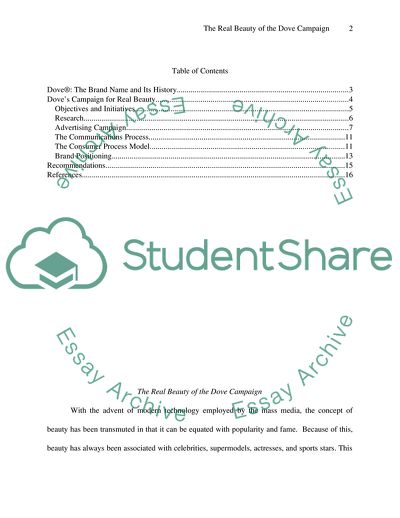Cite this document
(The Real Beauty of the Dove Campaign: A Critical Analysis Case Study, n.d.)
The Real Beauty of the Dove Campaign: A Critical Analysis Case Study. https://studentshare.org/marketing/1707490-brands-positioning-strategies
The Real Beauty of the Dove Campaign: A Critical Analysis Case Study. https://studentshare.org/marketing/1707490-brands-positioning-strategies
(The Real Beauty of the Dove Campaign: A Critical Analysis Case Study)
The Real Beauty of the Dove Campaign: A Critical Analysis Case Study. https://studentshare.org/marketing/1707490-brands-positioning-strategies.
The Real Beauty of the Dove Campaign: A Critical Analysis Case Study. https://studentshare.org/marketing/1707490-brands-positioning-strategies.
“The Real Beauty of the Dove Campaign: A Critical Analysis Case Study”. https://studentshare.org/marketing/1707490-brands-positioning-strategies.


